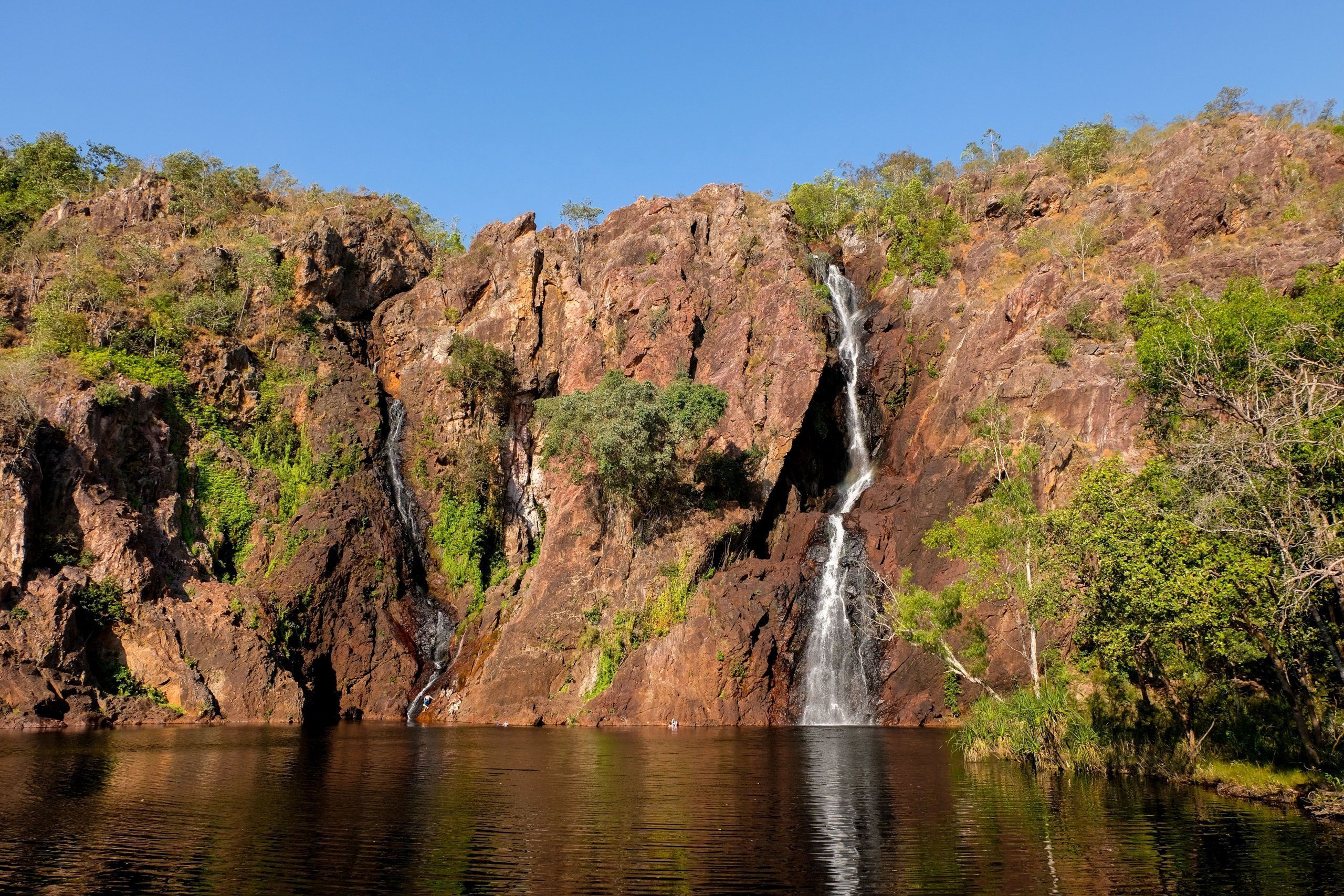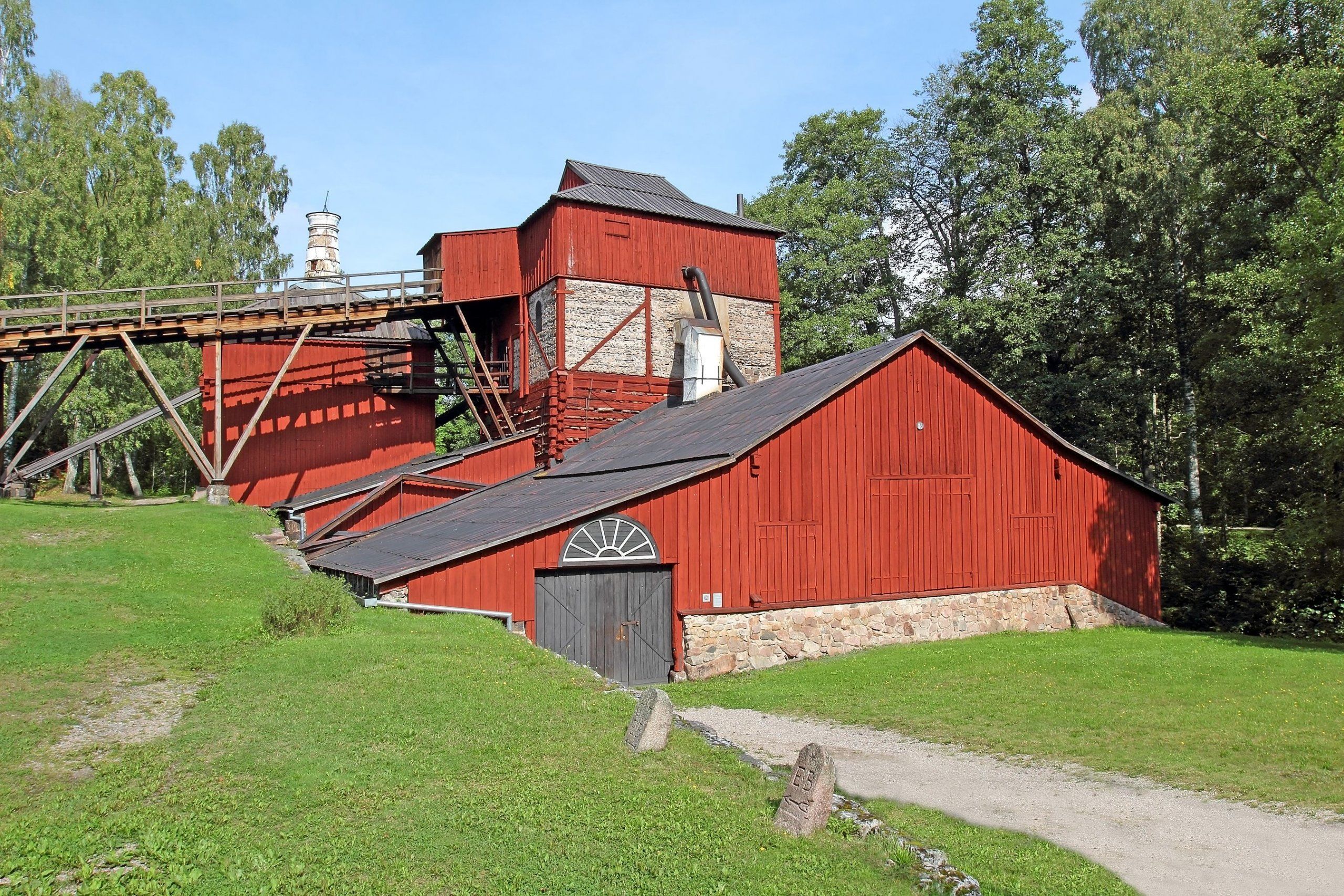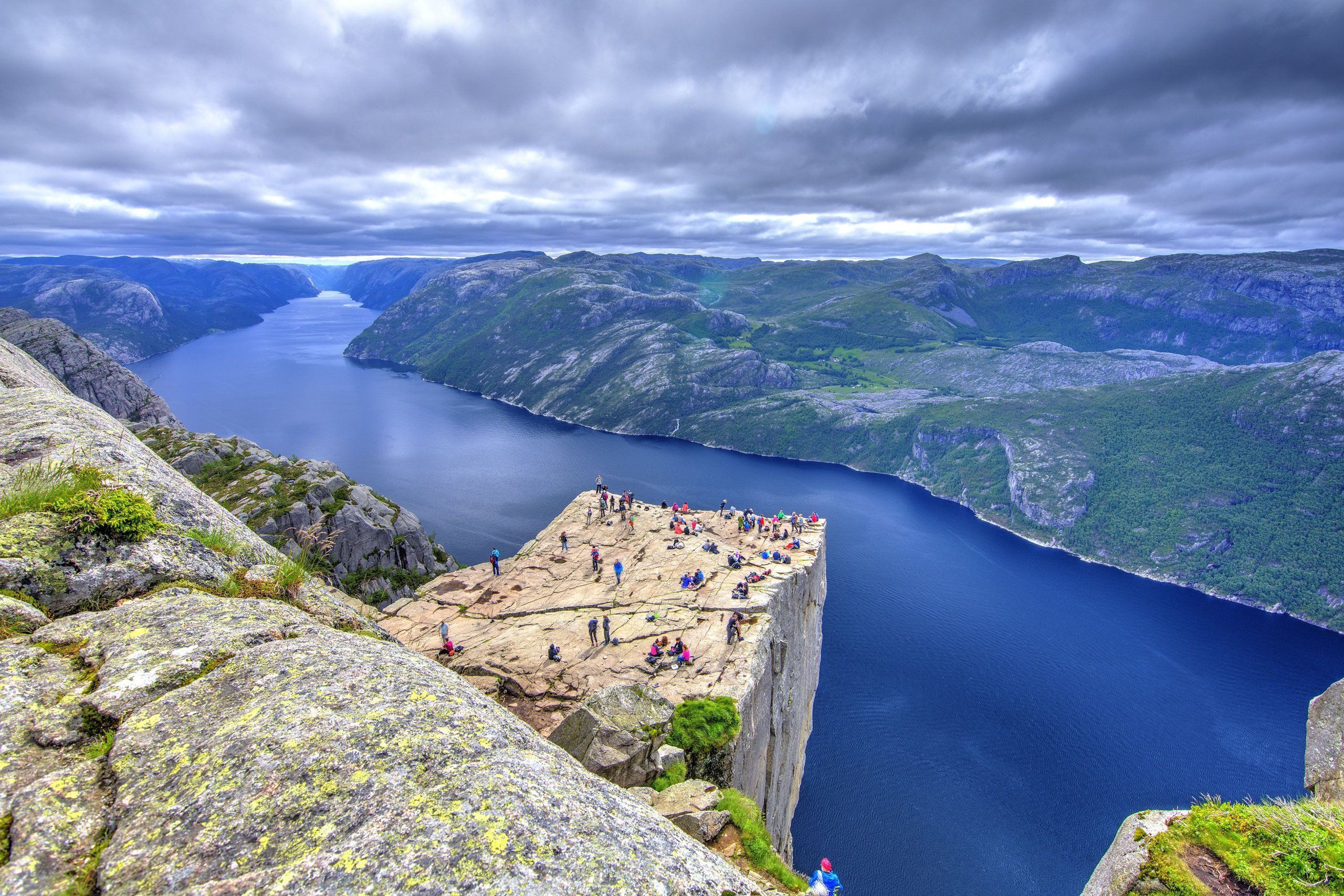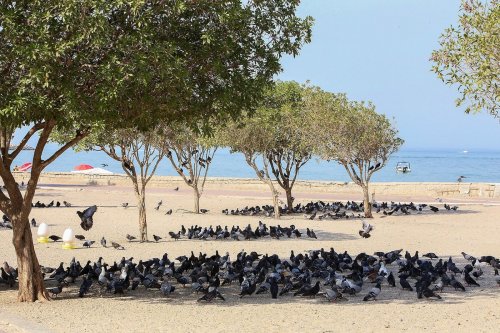50 popular tourist locations from the UNESCO World Heritage List around the world are threatened with destruction by 2050 due to the constant increase in the temperature of the planet and related phenomena.
About this writes the Daily Mail with reference to researchers from Climate X.
Scientists have used climate models to predict how floods, coastal erosion, landslides, winds, storms and cyclones will affect attractions around the world. They identified 50 attractions that are in the zone of increased danger.
The algorithms of the Spectra platform, which the researchers used to analyze, quantify the risk from extreme weather to model the future probability of 16 different climate threats – from extreme heat to tropical cyclones and floods – from eight warming scenarios over a 100-year time horizon.
At the top of the list is Indonesia's Subak system (pictured above), vulnerable to surface flooding, extreme heat and drought.
It is followed by Australia's Kakadu National Park, which is threatened by surface flooding and forest fires, and China's Quanzhou, which is threatened by drought.

Photo: shutterstock.
The list also includes Australia's Sydney Opera House, America's Olympic National Park, Switzerland's Jungfrau-Alech Alps, and Korea's Sansa Buddhist mountain monasteries.
"Our findings serve as a stark warning to governments, conservationists and the global community about the need to prioritize protecting our planet – preserving our ancient monuments, our current assets and infrastructure – and protecting life today and in the future," said the general. director and co-founder of Climate X Lukki Ahmed.
The complete list of monuments that humanity may lose in 25 years is as follows:
- The Cultural Landscape of Bali Province: The Subak System, Indonesia – Surface Flooding, Extreme Heat and Drought Risks.
- Kakadu National Park, Australia – surface flood and bushfire risks.
- Quanzhou: Emporium of the World in Songyuan, China – Drought Risk.
- Engelsberg metallurgical plant, Sweden – surface and river flood risks.

Photo: shutterstock
- Sinharaja Forest Reserve, Sri Lanka – risks of surface flooding and extreme heat.
- The decorated cave of the Pont d'Arc known as Grotte Chauvet-Mont d'Arc, Ardèche, France – risks of surface flooding and landslides.
- The cultural landscape of the West Lake in Hangzhou, China – surface flood and drought risks.
- Fujian Tulou, China – risks of surface flooding and extreme hot days.
- The legacy of the Ombilin coal industry in Sawahlunto, Indonesia – surface flooding, extreme hot days and drought risks.
- Himeji-jo, Japan – risk of surface flooding.
- Swiss Alps Jungfrau-Alech, Switzerland – risk of river flooding.
- Zolfrein Coal Mine Industrial Complex in Essen, Germany – Risk of river flooding.
- Rjukan-Notodden industrial heritage site, Norway – risk of surface flooding.
- Khangchendzonga National Park, India – risk of surface flooding.
- Sun Temple, Konarak, India – Risks of surface flooding and drought.
- Archaeological ruins in Moenjodaro, Pakistan – risks of river floods and drought.
- Fontainebleau Cistercian Abbey, France – risk of surface flooding.

Photo: shutterstock.
- Sites of Japan's Meiji Industrial Revolution: Ferrous Metallurgy, Shipbuilding and Coal Mining, Japan – Tropical Cyclone and Storm Surge Risks.
- Keoladeo National Park, India – Surface flood and drought risks.
- Srebarna Nature Reserve, Bulgaria – river flood risks.
- Huanglong Scenic and Historic Area, China – Surface flood and drought risks.
- Historic centers of Stralsund and Wismar, Germany – risks of river floods, surface floods and storms.
- Sydney Opera House, Australia – coastal flooding and storm surge risks.
- Studley Royal Park, including the ruins of Fountains Abbey, England – storm risks.
- Olympic National Park, USA – Risks of river flooding, surface flooding and landslides.
- Qingcheng Mountain and the Dujiangyan Irrigation System, China – River Flood and Drought Risks.
- Danube Delta, Romania – river flood risk.
- Komodo National Park, Indonesia – Surface flooding, extreme hot days and drought risks.
- South China Karst, China – Risks of river floods, surface floods and drought.
- Trondek-Klondike, Canada – river and surface flood risks
- Bryggen, Norway – Coastal flood and drought risks.
- Province, city of medieval fairs, France – risk of river flooding.
- Doñana National Park, Spain – Risks of river flooding, surface flooding, coastal flooding and drought.
- Red Bay Basque Whaling Station, Canada – Risk of coastal flooding.
- Ancient villages in South Anhui, China – Xidi and Hongkun – risk of surface flooding.
- Royal Tombs of the Joseon Dynasty, South Korea – Risk of surface flooding.
- Sundarbans National Park, India – Surface flood and drought risks.
- Ha Long Bay – Cat Ba Archipelago, Vietnam – Coastal flooding, tropical cyclone, extreme hot days, drought, storm surges and landslides.
- Everglades National Park, USA – risks of coastal flooding, tropical cyclones, extreme heat, drought and storm surge.
- West Norwegian Fjords, Norway – Geirangerfjord and Nerøyfjord – risk of coastal flooding.

Photo: shutterstock.
- Archaeological ruins of Liangzhu, China – risks of river flooding and drought.
- Yin Xu, China – Risks of river flooding, surface flooding and drought.
- Vizcaya Bridge, Spain – risk of coastal flooding.
- New Lanark, Scotland – risk of landslides.
- St Kilda, Scotland – risk of coastal flooding.
- Jongmyo Temple, South Korea – Risks of surface flooding and drought.
- Churches and Monasteries of Goa, India – Surface Flooding and Drought Risks.
- Fourth Bridge, Scotland – risk of coastal flooding.
- The Zujiang Huashan Rock Art Cultural Landscape, China – Risks of River Flooding, Surface Flooding and Drought.
- Sansa, Buddhist mountain monasteries, South Korea – river and surface flood risks.
In August, EcoPolitic wrote that according to researchers, climate change triples the likelihood of extreme forest fires.








